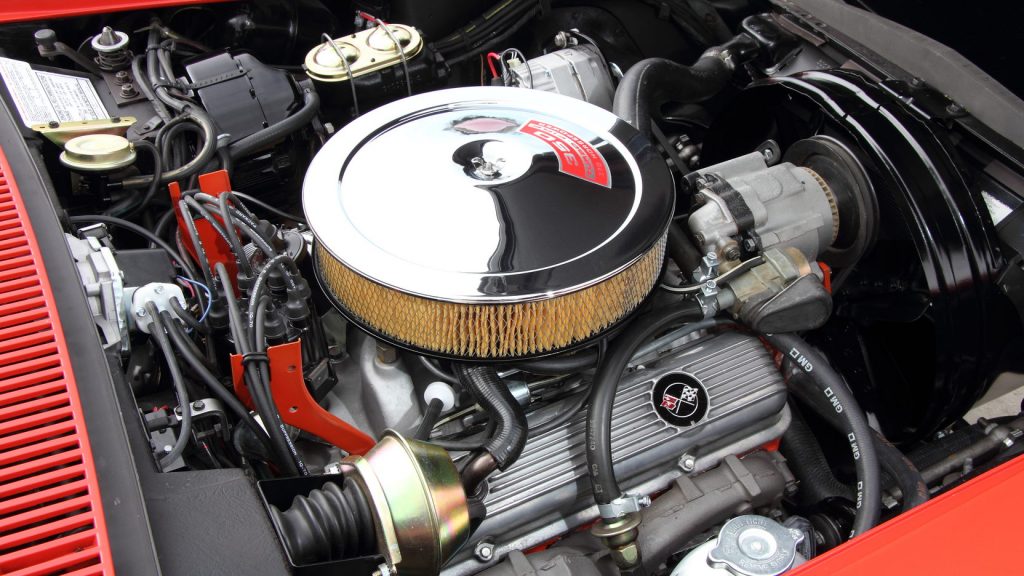1970 – 1972 LT-1 Corvette Small-Block Engine Ultimate Guide
Throughout the earliest years of Corvette design and development, a definite trend began to emerge. In almost every case, famed GM engineer, Zora Arkus-Duntov, would always find a way to ring every last ounce of horsepower out of an engine. Ever the perfectionist, Duntov relentlessly sought out new and innovative ways to bolster the Corvette’s output, in a bid for performance superiority.
There are perhaps few greater examples of Duntov’s ideology relating to engine design and development, than the 1970 LT-1 small-block. The LT-1 served as a revised version of GM’s famed 350 cubic-inch platform and is often heralded as one of the manufacturer’s most beloved small-block powerplants. With 370 horsepower on tap, it is not difficult to imagine why.
No Subscription? You’re missing out
Get immediate ad-free access to all our premium content.
Get Started



